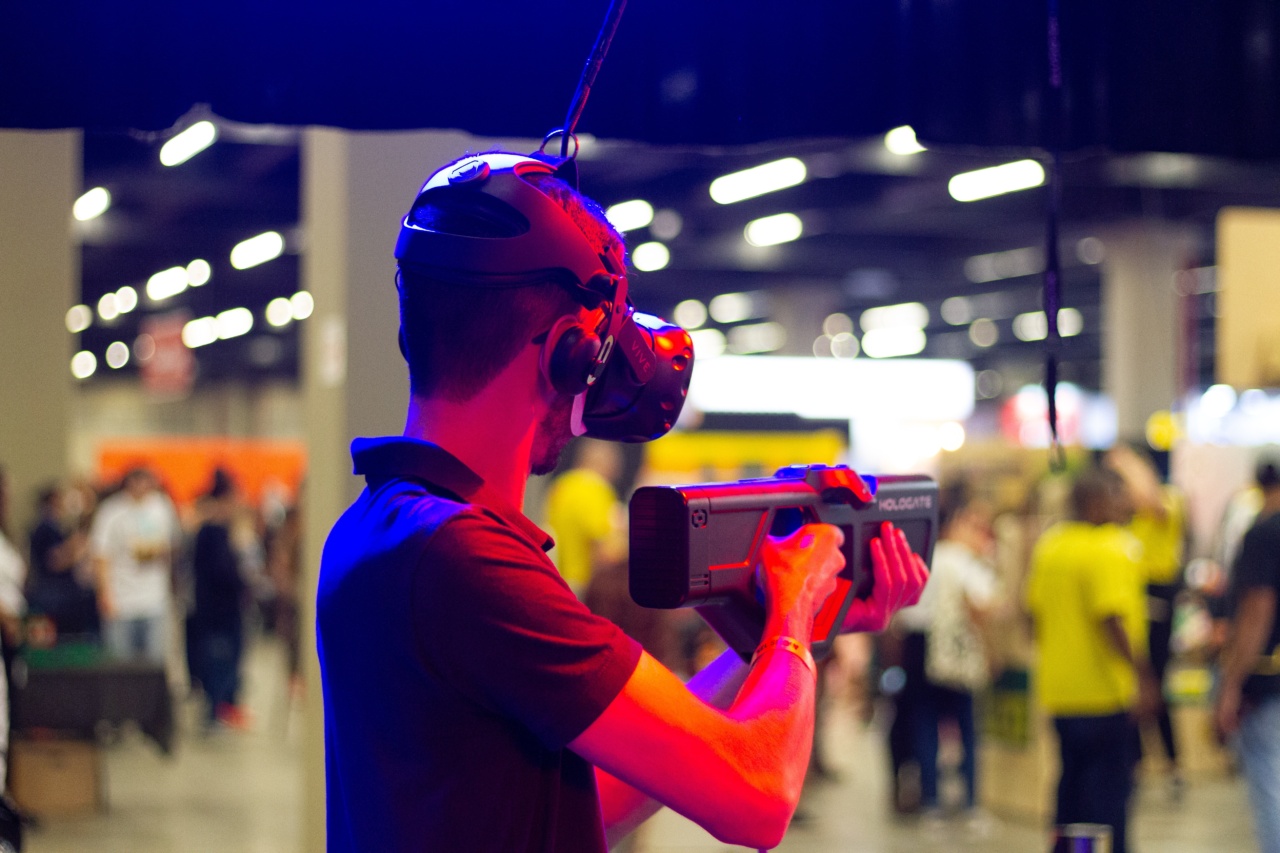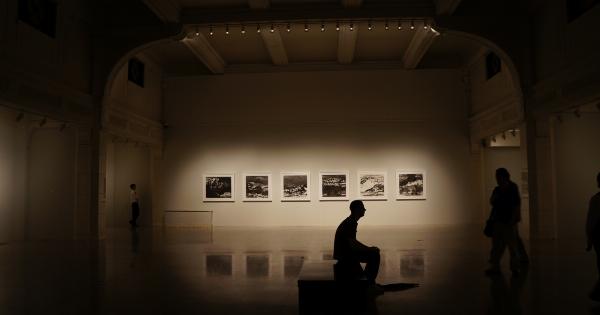Visuals play a huge role in how we perceive the world around us. They can trigger emotions, spark memories, and even influence our behavior.
This is why it’s no surprise that the use of visuals has become increasingly important in the digital age, whether it be for marketing, social media, or simply expressing ourselves. The concept of ‘cascade’ refers to the impact that visuals have on our perception, and how they can create a domino effect of emotions and reactions.
In this article, we’ll explore the transformative power of visuals and how they contribute to this ‘cascade’ effect.
What is Cascade?
‘Cascade’ is a term used to describe the effect that visuals have on our perception. This term has been used in a variety of contexts, from advertising to psychology.
In essence, it refers to the idea that visuals can create a ripple effect, where the impact of one image or message influences subsequent reactions.
The concept of cascade can be seen in advertising, where the use of visuals can create a domino effect of emotions, leading to a desired action. For example, a car commercial may use visuals of a sleek, high-end car driving on a winding road.
This may evoke a feeling of luxury, excitement, and freedom in the viewer. As a result, the viewer may be more likely to buy that car, thinking that it will bring them those same emotions and experiences.
The Power of Visuals
So why do visuals have such a powerful impact on us? The answer lies in how our brains process information. Our brains are wired to process visuals faster than text or other forms of communication.
In fact, studies have shown that our brains can process visuals up to 60,000 times faster than text. This is why visuals are so effective in conveying complex ideas or emotions in a short amount of time.
Additionally, visuals are more likely to be remembered than words alone. When we see an image, our brains are able to associate it with other memories and emotions, making it more likely to stick in our minds.
This is why so many advertisements rely on catchy visuals or slogans to create brand recognition.
The Cascade Effect in Social Media
The power of visuals is evident in the role they play in social media. Platforms like Instagram and Pinterest rely almost entirely on visuals to capture users’ attention and keep them engaged.
The cascade effect is also at play here – when one user posts an image or video that resonates with others, it can quickly spread throughout the platform, influencing trends and conversations.
One example of this is the rise of ‘influencers’ on social media. Influencers are individuals who have built a following based on their content and personal brand.
They often use visuals to showcase their lifestyle or products, and their followers often attempt to emulate them. This creates a cascade effect, where the influence of one individual can spread throughout their followers and beyond.
The Importance of Visuals in Marketing
The importance of visuals in marketing cannot be overstated. In fact, studies have shown that visuals are more than 40 times more likely to be shared on social media than other types of content.
This means that using compelling visuals in marketing campaigns can greatly increase their reach and influence.
One trend in marketing is the use of ‘visual storytelling’. This involves using visuals to tell a story or convey a message, rather than relying solely on text or other forms of communication.
This can be seen in the rise of video marketing, where companies use short films or animations to showcase their products or tell a story that resonates with their audience.
The Future of Visuals
The role of visuals in our lives is only going to continue to grow in the future. As technology advances, we’ll see new and innovative ways of using visuals to communicate and connect with one another.
From virtual reality experiences to interactive ads, the possibilities are endless.
However, as visuals become more ubiquitous, it’s important to be mindful of their impact on our perception. While visuals can be powerful tools for communication and expression, they can also be used to manipulate and deceive.
As consumers and creators, we have a responsibility to use visuals in a way that is ethical and honest.
The Transformative Power of Visuals
The cascade effect of visuals is a testament to their transformative power. They can change the way we think, feel, and behave.
By using visuals to tell stories, evoke emotions, and spark conversations, we can create a ripple effect that has the potential to change the world around us.
So whether you’re a marketer, an artist, or simply someone looking to express themselves, remember the impact that visuals can have. With the right imagery and message, you can create a cascade effect that captures hearts and minds.































